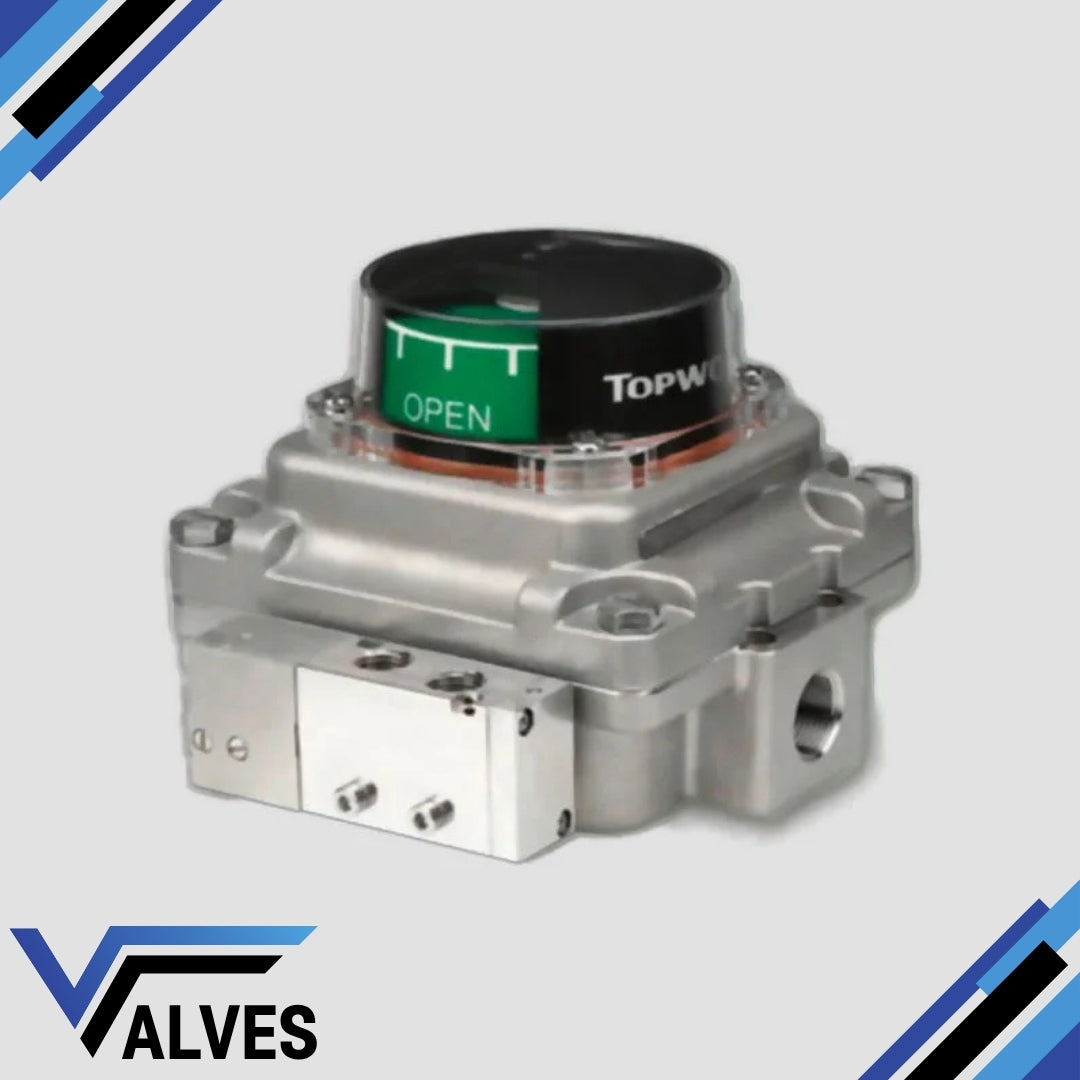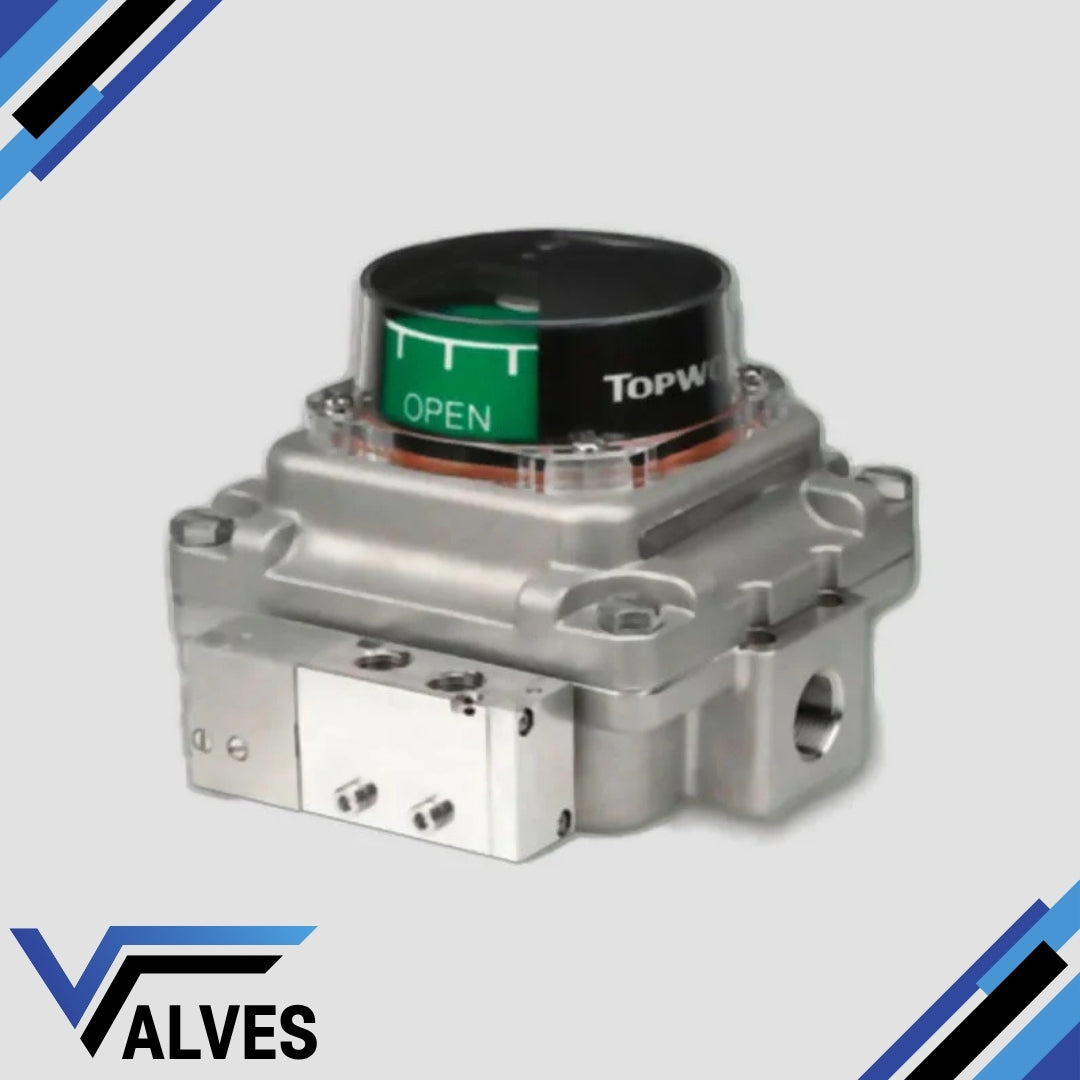Topworx Switchboxes
TopWorx Limit Switch Box TXS-0X1FL3M0000B Valve Monitor
TopWorx Limit Switch Box TXS-0X1FL3M0000B Valve Monitor
Couldn't load pickup availability
The TopWorx TXS-0X1FL3M0000B is a rugged and versatile valve monitor from Emerson’s TopWorx TX series, designed for industrial environments. This model ensures accurate monitoring and control of valve positions, making it ideal for applications in industries such as oil & gas, power generation, and water treatment. It combines advanced position sensing technology with robust construction to withstand harsh conditions, providing reliability in both onshore and offshore environments.
Key Features:
- Durable Construction: Built to withstand extreme conditions, including hazardous locations with certifications like IECEx, ATEX, and UL.
- Flexible Mounting: The compact, direct-mount design allows easy installation on various valve types.
- Advanced Position Sensing: Offers highly accurate valve position feedback, ensuring operational efficiency.
- Global Certifications: Suitable for use in any region with its wide range of global certifications for hazardous areas.
- Integral Solenoid Valve Compatibility: Supports integration with solenoid valves for enhanced control capabilities.
- Environmental Resistance: Designed with high ingress protection to resist dust, water, and other environmental factors.
Additional Information: The TXS-0X1FL3M0000B model includes an explosion-proof enclosure that ensures safe operation in hazardous areas, meeting strict international safety standards. It is highly customisable, offering a variety of switch options and protocols to meet specific application needs. The switch box is capable of operating under extreme temperatures, making it suitable for both hot and cold environments. This product is part of the wider TopWorx TX Series, known for its excellent durability and precision in valve automation, enhancing plant safety and operational efficiency.
Share

FAQ's
What is the difference between a valve and an actuator?
What types of actuators are available?
The main types of actuators are:
Pneumatic actuators – use compressed air for fast, reliable operation.
Electric actuators – use electrical power for precise control.
Hydraulic actuators – use fluid pressure for high-torque applications.
Each type offers unique advantages depending on the environment, media, and system control needs.
How do I choose the right actuator for my valve?
To select the correct actuator, consider:
Valve type and torque requirement
Power source available (air, electric, or hydraulic)
Operating environment (temperature, humidity, hazardous area)
Control signal type (on/off or modulating)
Matching actuator torque and compatibility with the valve’s ISO mounting ensures reliable performance.
What are the main types of valves used in automation?
The most common valves in automated systems include:
Ball valves – for tight shutoff and quick operation.
Butterfly valves – for larger flow control with compact design.
Globe valves – for precise throttling and flow regulation.
Check valves – to prevent backflow.
Gate valves – for full bore flow isolation.
What’s the difference between a double-acting and spring-return actuator?
Double-acting actuators use air (or power) to both open and close the valve.
Spring-return actuators use air to open (or close) the valve, and a built-in spring to automatically return it to a safe position when power or air is lost — ideal for fail-safe operation.
How often should valves and actuators be serviced?
Regular maintenance intervals depend on operating conditions, but a good rule of thumb is to inspect every 6–12 months.
This includes checking for leaks, lubrication, seal wear, and actuator responsiveness to prevent unexpected downtime.

